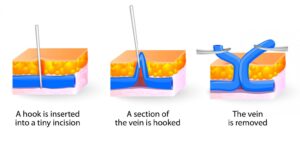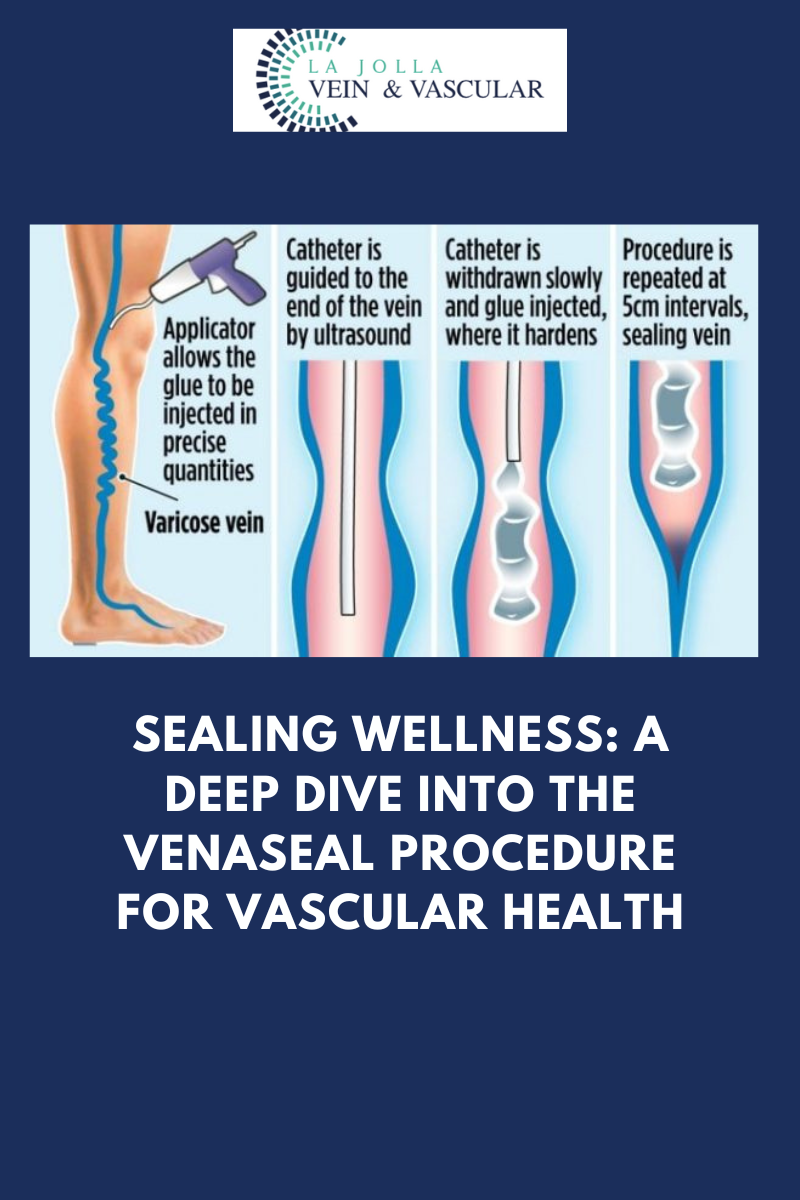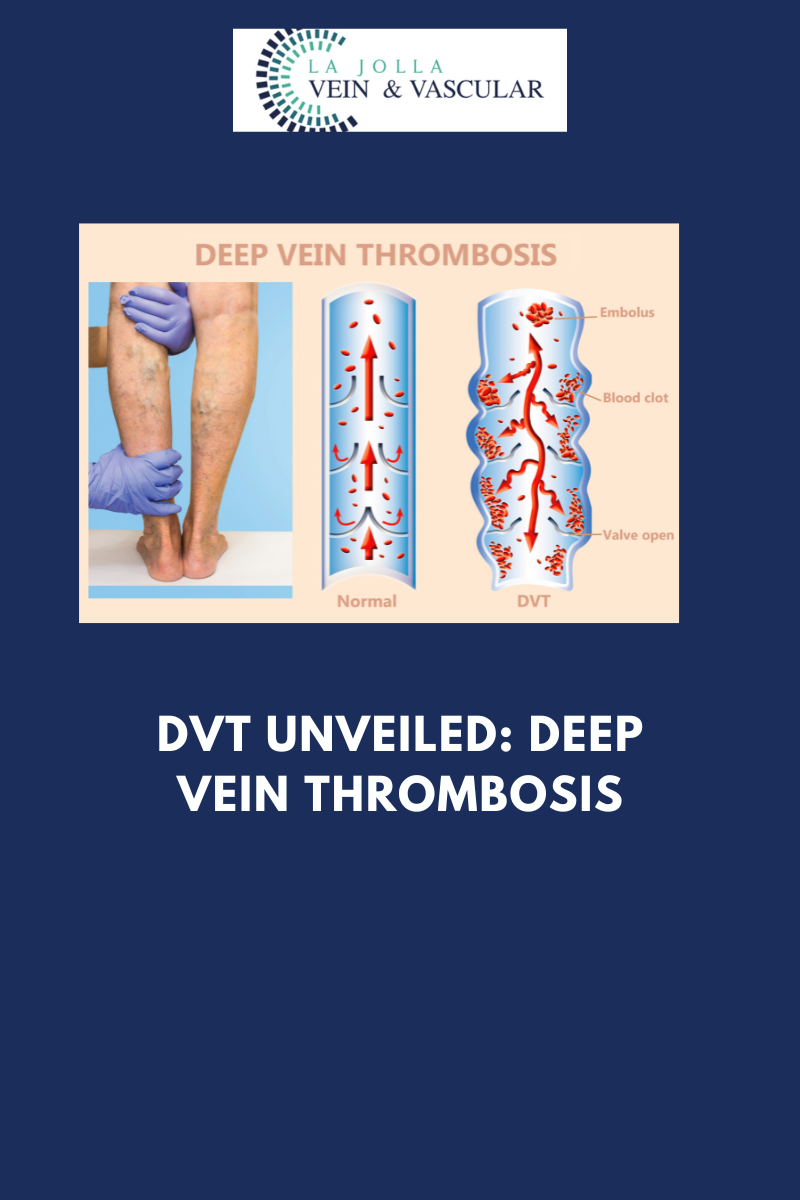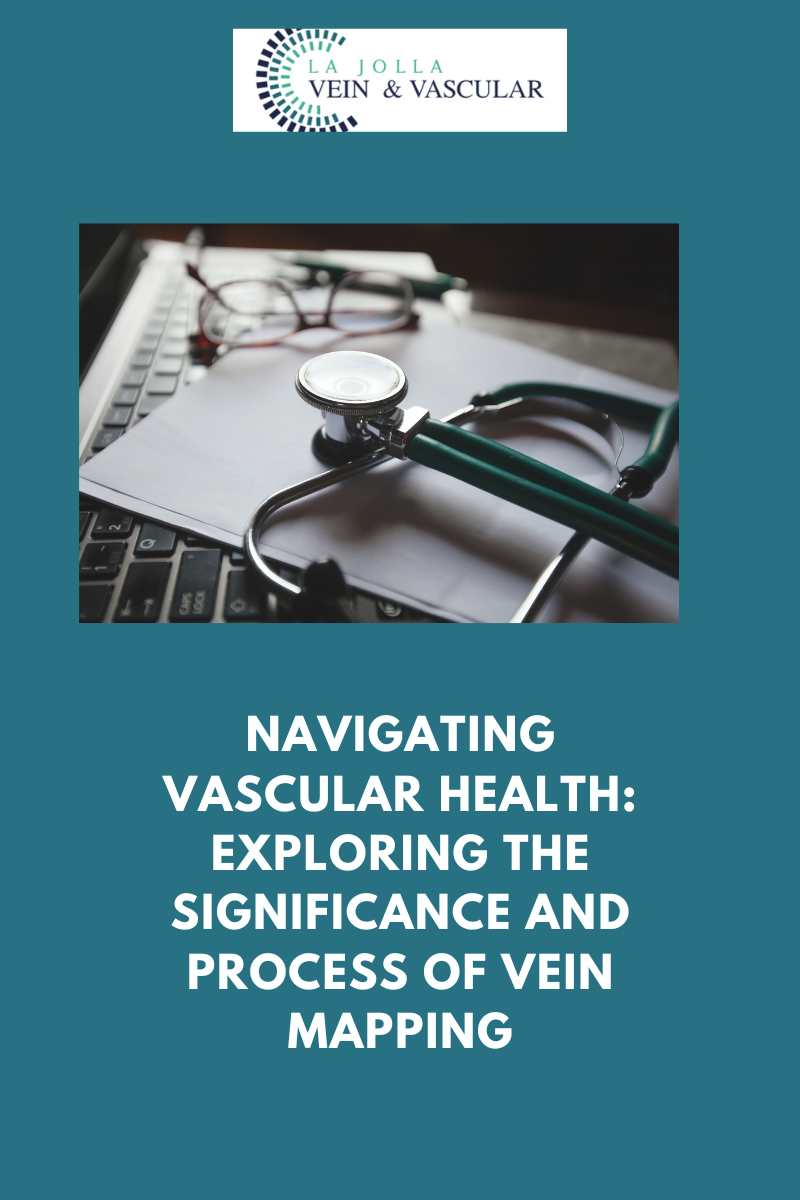Two Venous Reflux Disease Treatments for visible bulging veins

Two Venous Reflux Disease Treatments for visible bulging veins include:
Asclera, and Phlebectomy. We at La Jolla Vein Care offer a variety of methods for vein disease. Below is some helpful information about both procedures.
Ultrasound-guided foam sclerotherapy works well for treating surface varicose veins and veins that are not visible to the naked eye. The foam medication can be seen on ultrasound, which allows us to administer it precisely and direct it towards nearby varicose veins. Foam sclerotherapy can be safely used for bulging veins that travel close to the skin or nerves. It also travels easily through veins with many twists and turns.
Asclera for bulging veins:
A variety of sclerosant medications can be used for veins, but we prefer polidocanol (brand name Asclera®) because it is the most comfortable for the patient and has the lowest risk of side effects. It is a detergent-type medication that injures the inner lining of the veins. This causes the vein to stop flowing, then eventually close down completely. Polidocanol has been well-studied and has been approved by the FDA since 2010 for the treatment of varicose veins and has been used in Europe for decades. Polidocanol is turned into a foam to treat larger veins. This is an off-label use of the sclerosant but very effective and well tolerated. La Jolla Vein Care providers have extensive experience with foam sclerotherapy for the treatment of bulging veins.
How many treatments will I need?
The number and frequency of treatments depends on a patient’s anatomy, how well the veins respond to each treatment, and the patient’s treatment goals. The national average is 2 to 5 treatment sessions to achieve 80% improvement. Some larger or resistant veins require two or more treatments to respond completely.
Phlebectomy Procedure:
Phlebectomy is the surgical removal of bulging veins though tiny skin incisions. This minimally invasive procedure is performed in the office with local anesthesia. Phlebectomy is also known as micro phlebectomy (because the incisions are tiny) or ambulatory phlebectomy.
WHAT ARE THE OPTIONS FOR TREATING BULGING VEINS AT THE SKIN SURFACE?
There are two main techniques to treat varicose veins:
1.) Phlebectomy: surgical removal of the veins
2.) Foam sclerotherapy: injection of a medicated foam to close the veins
Sclerotherapy is the least invasive, but patients with large and/or numerous bulging veins may require several sclerotherapy appointments over two or more months. This is because we can only administer a small amount of foam medication per day and larger veins may require two or more injections to close. Larger veins can also become firm and tender after sclerotherapy and/or deposit brownish blood pigments in the skin as the veins are healing.
WHY WAS I OFFERED PHLEBECTOMY?
Patients with bulging varicose veins may prefer to start with micro-phlebectomy removal of the largest veins, then sclerotherapy treatment for the remaining veins. This reduces the number of appointments and accelerates recovery.

HOW DOES THE PROCEDURE WORK?
The skin is numbed with lidocaine, then a tiny puncture is made in the skin (about half the size of a grain of rice). We then infuse additional numbing medication around the veins. A small hook is used to bring the vein to the skin surface, then the vein is removed.





